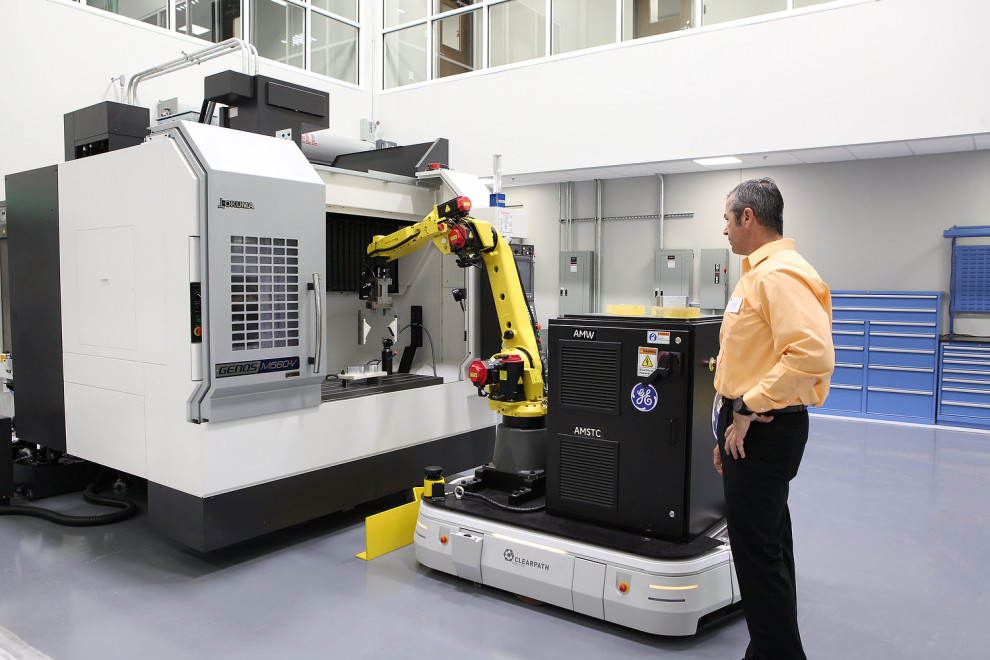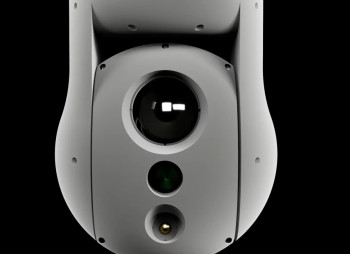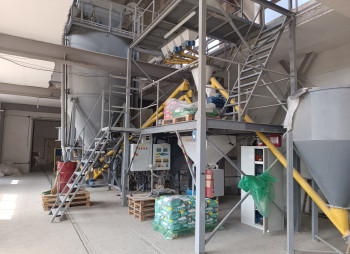3-D printing, once thought to be a consumer-targeted solution, is more often seen today in industrial environments, speeding prototyping processes and increasingly producing end-use parts. Demanding industries like automotive, aerospace, medical and manufacturing are installing 3-D printers -- both desktop and industrial, printing in both plastics and metals - and putting them to use in operations. To continue to see advances in additive manufacturing, the companies behind the technologies need significant funding. And they’re getting it.
This week alone, major investments included Desktop Metal’s phenomenal $160 million and a $22 million funding round for Essentium.
Following successful rounds of investment, three companies in the 3-D printing industry are currently valued at over $1 billion. These unicorns, Carbon, Desktop Metal and Formlabs, have each seen marvelous growth over the last several years. Carbon, which hit unicorn status back in 2015, has, as of November 2018, raised $422 million in venture funding at a valuation of $1.7 billion. The Redwood City, California-based company has since been joined by the two Boston-based firms in unicorn status. In 2017, Desktop Metal hit the billion dollar valuation mark; after this week’s round, valuation is up to approximately $1.5 billion, with $438 million in total investment. Kickstarted on Kickstarter and with investment north of $100M and significant desktop 3-D printer sales, Formlabs reached unicorn status in August 2018.
With startups seeing success and long-lived public companies that patented some of the first 3-D printing technologies -- think 3D Systems (with selective laser sintering, or SLS) and Stratasys (with fused deposition modeling, or FDM) -- pulling in hefty revenues, this industry is picking up significantly. Valuations are high, investments rising steadily and business prospects booming.
So what’s happening in 3D printing today to draw the dollars?
The investment announcements this week provide some insight there: both Desktop Metal and Essentium are looking specifically toward industrial solutions. While 3-D printing traces its roots back to prototyping applications -- where there remains significant opportunity to lower costs and shorten timelines in the product development cycle -- excitement in 2019 centers around production. Scale production, at speeds and costs to rival traditional technologies, remains something of a holy grail for 3-D printing.
The additive manufacturing workflow is still held up with several well-known roadblocks and barriers to entry. Design for additive manufacture (DfAM) is its own skill set unique from conventional design for subtractive technologies, and mastering these new techniques and putting to use next-generation capabilities (e.g., generative design, topology optimization) is a stumbling block in adoption. Once designed, a piece must then be built: the actual 3-D printing. Process controls and metrology are critical here, as is the materials science of the powders, resins, pellets, filaments or other input materials that will be built up. Post-processing was long referred to in the industry as the “dirty secret” of additive manufacturing, as impressive print speeds would be followed up with post-processing flows that might be equivalent to 100% of the print time with the many processes involved (think removal of support material, sintering for metals, surface finishing).
The companies that are overcoming these hurdles in the end-to-end additive manufacturing process are the ones attracting investment.
Essentium, for instance, has developed a High Speed Extrusion (HSE) platform that promises unprecedented speed and strength in extrusion-based 3-D printing. Work with partners BASF for materials and Materialise for software extended into this week’s $22M funding, as both partners are also investors. (The three companies’ relationships run deep, as BASF is also a $25M investor into Materialise.) The hope for HSE is to overcome existing limitations in extrusion-based (FFF/FDM) 3-D printing for, ultimately, impact in industries like aerospace, automotive, biomedical and contract manufacturing. This Series A funding round is designated for “scale manufacturing, engineering, international distribution, sales and marketing operations to meet market demand” for HSE as the technology targets injection molding for strength, speed and scale.
For its part, Desktop Metal’s $438M combined funding rounds now make it, says the company, “the highest funded private 3D printing endeavor in history.” This is unsurprising for the fast-growing operation, which had pulled in hundreds of millions before shipping a single product but had plenty to show potential investors. Now shipping its initial suite of products, the Studio System that seems to give Desktop Metal its name with desktop 3-D printers, the company is set to soon start shipping its larger Production Systems this quarter.
But the massive cash flow at Desktop Metal is not bound only for these two systems. A recent conversation with Desktop Metal co-founder and CEO Ric Fulop elicited more intrigue with promise of still more to come from the busy Boston company. Fulop, who called from Davos, where he’s been exchanging thoughts on 3-D printing at the World Economic Forum this week, said that his team is “continuing to do our thing” and this investment round was “a long time in the making” and opens up “lots of opportunities.”
“We have a very rich product roadmap of things we have not talked about publicly,” Fulop told me. “What’s exciting for us in funding these projects is that we’re expanding the applications our technology is currently targeting. Hopefully this will turn into lots of new things that will really advance our industry forward.”
The company is set to explore advanced materials and metal processes, working to “amplify the range of things you can do with 3-D printing.” Conversations at Davos were interesting for Fulop, as he noted interactions with “people you thought would never need a metal 3-D printer. But metal parts are used in all sorts of stuff, if you can change the design of products it really opens the possibilities.”
Opening possibilities is something of a throughline across the board in 3-D printing, which enables new geometries and properties not possible with any other manufacturing method. Today’s technologies are increasingly differentiated, with new solutions emerging to target existing deficiencies.
Recent funding rounds are many, indicating the many ways in which the additive manufacturing industry is growing. A very small sampling of investments to emerge recently include:
- $19M for Stratasys spin-off Evolve Additive Solutions
- $13M for metal company Digital Alloys
- $5M for post-processing startup Dye Mansion
- $2.5M for Fortify and its composite technology
- $1.2M for ASTM International to continue to develop standards around additive manufacturing
And of course, companies continue to seek additional investment to grow. Israel-based Nano Dimension, with about $30M in funding to date for its electronics 3-D printing technology, is reportedly seeking a $29M investment round. Poland-based Sinterit, which raised $1M in 2017, is currently seeking new investors for its desktop SLS 3-D printers.
The breadth and increasing depth of the 3-D printing industry show an increasingly competitive environment. With seven ASTM-recognized 3-D printing processes to date, each with their own unique pros and cons, and additional technologies developing at a fast clip, investors have quite a field to examine. The companies looking to grow know this.
“The reckless start-up era is going down, and money-burning companies are in retreat. Now, especially in Europe, it is more difficult to get financing for the venture, so the companies must show the real potential,” Sinterit acknowledges as it prepares for its next funding round. The company says it experienced 260% growth in 2018, adding that, “Effective investment trend shows that we are facing the professionalization of the market.”
3-D printing has faced hype in the past, with the accompanying disappointment of technologies that did not live up to their promises and companies that saw their stock values plummet. The promises are growing again as the industry grows up, and investors are increasingly requiring further proof to build their confidence and open their wallets.
Growth in 3-D printing is significant, and the currently $7 billion industry is expected to continue to see substantial (read: double-digit annual) gains. Large players see great potential, with promises from the likes of HP Inc. to disrupt the $12 trillion global manufacturing market as 3-D printing continues to make headway in production. Investors are buying in, and we can expect to hear announcements of more major funding rounds pop up regularly as R&D and proofs-of-concept continue to make their way toward viability. With such a bright road ahead for 3-D printing, it makes sense that the path to funding is an important part of the journey. While more competitive than ever before, the landscape of 3-D printing is flush with opportunity to develop and grow new processes and business strategies -- and investors are keeping close watch.





